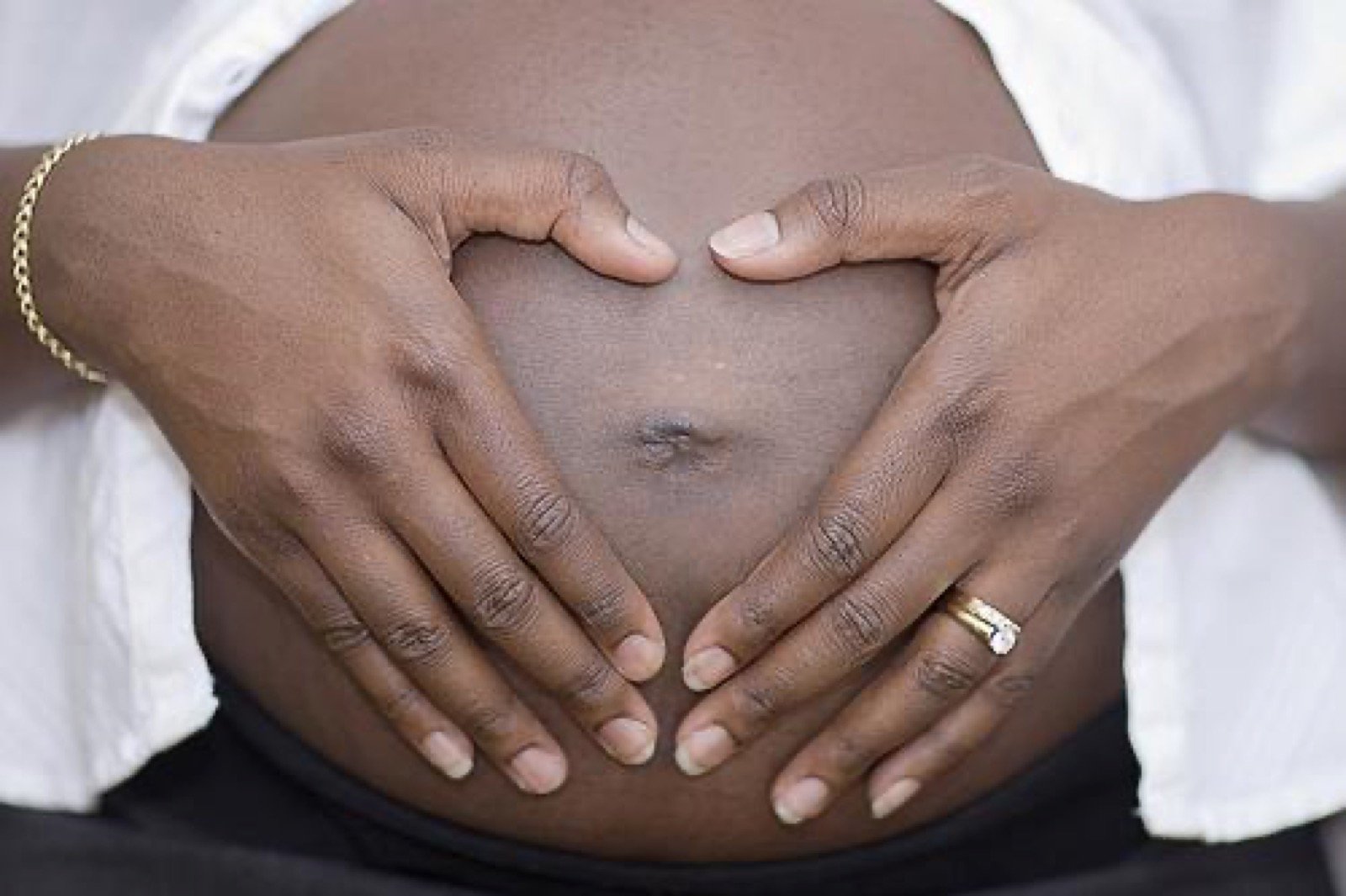Pregnancy Week-by-Week: What to Expect
Embarking on the journey of pregnancy can feel like stepping into a whole new world—one filled with excitement, questions, and plenty of surprises. This week-by-week guide breaks down what’s happening inside your body and your baby’s growth, highlights the most common symptoms you might experience, and offers practical tips to help you sail smoothly through each stage. Whether you’re a first-time mom or expanding your family, read on to discover the miracle unfolding week after week.

First Trimester (Weeks 1–12)
Week 1
Technically, week 1 begins on the first day of your last menstrual period. No fetus yet, but your body is primed for ovulation. You might notice your period starting and feel cramping or mood swings.
Tip: Track your cycle with an app or calendar to anticipate ovulation and prenatal appointments.
Week 2
Your body is gearing up to release an egg. Hormone surges can lead to breast tenderness or slight bloating.
Tip: Boost folic acid intake now—400 mcg daily—to support neural tube development once conception occurs.
Week 3
Conception typically happens this week. A tiny cluster of cells begins division as it travels to your uterus. You won’t see changes yet, but some women experience implantation spotting.
Tip: Keep well-hydrated and avoid harsh chemicals—gentle skincare and eco-friendly cleaning products are your friends.
Week 4
The embryo embeds in the uterine lining. Early pregnancy hormones rise—feelings of fatigue, mild nausea, or tender breasts are common.
Tip: Try small, frequent meals and ginger tea to soothe queasiness.

Weeks 5–8
By week 5, a heartbeat may be detectable on ultrasound. Embryonic layers form organs: neural tube (brain/spine), heart, and limbs start taking shape. Morning sickness peaks around weeks 6–8, along with heightened fatigue and frequent urination.
Tip: Incorporate gentle prenatal yoga or stretching to ease backaches and improve circulation.
Weeks 7–8 bring tiny facial features and limb buds you can glimpse on a sonogram. Hormonal highs can cause mood swings; celebrate small wins—like cravings met—to stay positive.
Tip: Keep a symptom journal: noting food triggers helps manage nausea and mood.
Weeks 9–12
Your baby transitions from embryo to fetus at week 10, with fully formed fingers, toes, and vital organs. You may finally ‘pop’ a bit; bloating starts to ease and energy returns by week 12 for many moms.
Tip: Schedule your first prenatal visit around week 10–12—screenings include blood work and, if desired, nuchal translucency ultrasound.
Second Trimester (Weeks 13–27)
Weeks 13–16
Often called the ‘honeymoon trimester,’ most nausea subsides as hormone levels stabilize. Your baby’s skeleton hardens, and fine hair (lanugo) develops. Many moms feel the first flutter of movement—often likened to popcorn popping—between weeks 15–16.
Tip: Support your bump with a pregnancy pillow at night to improve sleep quality.
Weeks 17–20
Baby’s senses develop: eyes can perceive light, and ears pick up muffled sounds. You may feel more energetic and notice round ligament pains as your uterus grows.
Tip: Wear supportive, low-heeled footwear and avoid standing for long stretches to minimize discomfort.
Weeks 21–24
Rapid weight gain for baby and mom kicks in—expect 1–1.5 lbs per week. Stretch marks can appear, and skin may itch as it stretches.
Tip: Moisturize daily with cocoa butter or vitamin E oil to soothe itching and improve elasticity.
Weeks 25–27
Baby’s lungs produce surfactant, preparing for breathing. You might experience Braxton Hicks contractions—gentle, irregular tightening that helps tone your uterus.
Tip: Practice diaphragmatic breathing to distinguish practice contractions from true labor.

Third Trimester (Weeks 28–40)
Weeks 28–31
Baby’s brain and lungs mature rapidly. You may feel breathless as your uterus presses on your diaphragm. Swelling in ankles and hands is common due to fluid retention.
Tip: Elevate your feet when resting, stay hydrated, and limit salty foods to manage swelling.
Weeks 32–35
Your baby shifts head-down in preparation for birth. Back pain and pelvic pressure increase; heartburn strikes from progesterone relaxing your esophagus valve.
Tip: Consume smaller dinners, avoid spicy foods late in the day, and try over-the-counter antacids after consulting your provider.
Weeks 36–40
Countdown to delivery! Baby’s organs are ready; most will drop lower (lightening) easing breathing but increasing pelvic pressure. You may notice regular contractions, discharge changes, or water breaking.
Tip: Pack your hospital bag by week 36—include essentials like birth plan, ID, and comfy clothes.
Final Thoughts & Takeaways
Pregnancy is a unique journey each week bringing new growth, challenges, and joys. By understanding what’s happening inside your body and your baby’s development, you can make informed choices and embrace this transformative time. Remember to lean on your healthcare team, partner, and support network—and celebrate every milestone, big or small.
Ready to share your experiences or have questions? Leave a comment below—we’d love to hear your story and tips for fellow moms-to-be!



